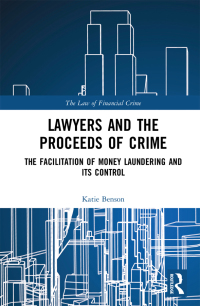
16-38 Joint-cost allocation with a byproduct. The Cloths of Heaven purchases old tires and recycles them to produce rubber floor mats and car mats. The company washes, shreds, and molds the recycled tires into sheets. The floor and car mats are cut from these sheets. A small amount of rubber shred remains after the mats are cut. The rubber shreds can be sold to use as cover for paths and playgrounds. The com- pany can produce 25 floor mats, 75 car mats, and 40 pounds of rubber shreds from 100 old tires. In May, The Cloths of Heaven, which had no beginning inventory, processed 125,000 tires and had joint production costs of $600,000. The Cloths of Heaven sold 25,000 floor mats, 85,000 car mats, and 43,000 pounds of rubber shreds. The company sells each floor mat for $12 and each car mat for $6. The company treats the rubber shreds as a byproduct that can be sold for $0.70 per pound. 1. Assume that The Cloths of Heaven allocates the joint costs to floor mats and car mats using the sales value at splitoff method and accounts for the byproduct using the production method. What is the end- ing inventory cost for each product and gross margin for The Cloths of Heaven? 2. Assume that The Cloths of Heaven allocates the joint costs to floor mats and car mats using the sales value at splitoff method and accounts for the byproduct using the sales method. What is the ending inventory cost for each product and gross margin for The Cloths of Heaven? 3. Discuss the difference between the two methods of accounting for byproducts, focusing on what con- ditions are necessary to use each method. 16-38 Joint-cost allocation with a byproduct. The Cloths of Heaven purchases old tires and recycles them to produce rubber floor mats and car mats. The company washes, shreds, and molds the recycled tires into sheets. The floor and car mats are cut from these sheets. A small amount of rubber shred remains after the mats are cut. The rubber shreds can be sold to use as cover for paths and playgrounds. The com- pany can produce 25 floor mats, 75 car mats, and 40 pounds of rubber shreds from 100 old tires. In May, The Cloths of Heaven, which had no beginning inventory, processed 125,000 tires and had joint production costs of $600,000. The Cloths of Heaven sold 25,000 floor mats, 85,000 car mats, and 43,000 pounds of rubber shreds. The company sells each floor mat for $12 and each car mat for $6. The company treats the rubber shreds as a byproduct that can be sold for $0.70 per pound. 1. Assume that The Cloths of Heaven allocates the joint costs to floor mats and car mats using the sales value at splitoff method and accounts for the byproduct using the production method. What is the end- ing inventory cost for each product and gross margin for The Cloths of Heaven? 2. Assume that The Cloths of Heaven allocates the joint costs to floor mats and car mats using the sales value at splitoff method and accounts for the byproduct using the sales method. What is the ending inventory cost for each product and gross margin for The Cloths of Heaven? 3. Discuss the difference between the two methods of accounting for byproducts, focusing on what con- ditions are necessary to use each method







